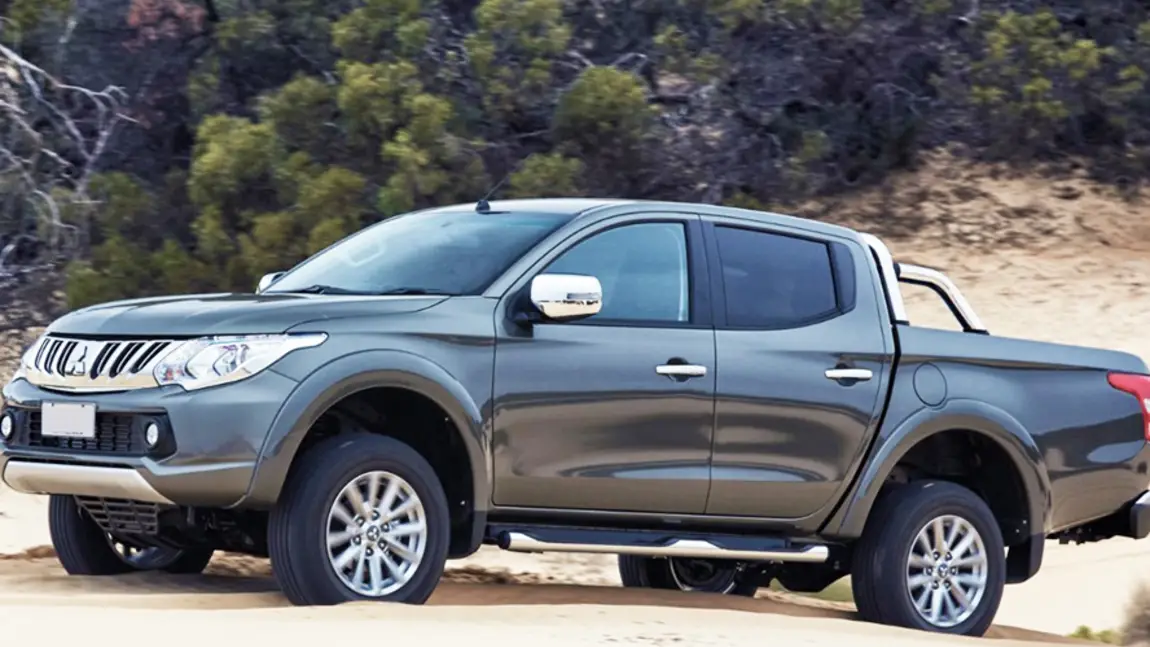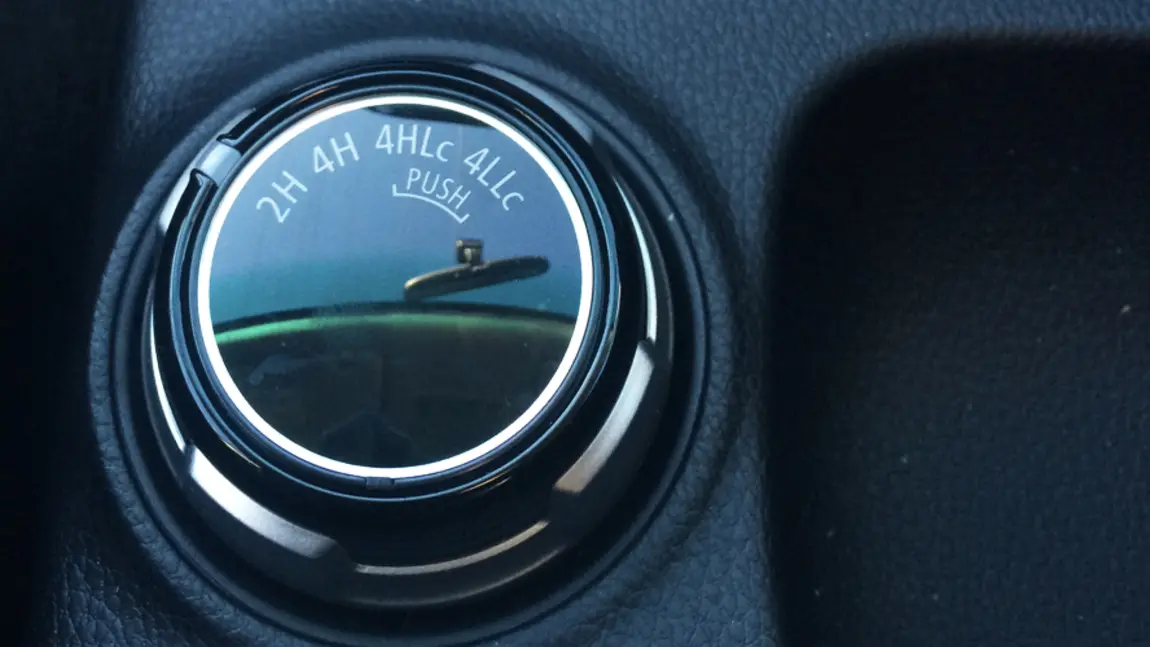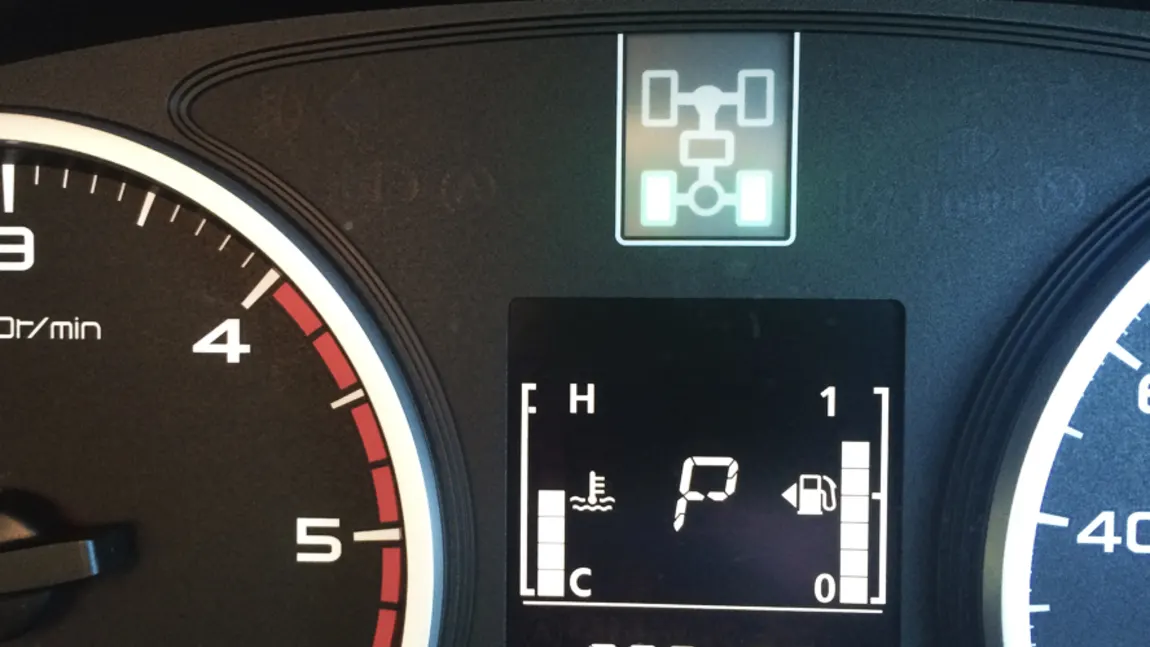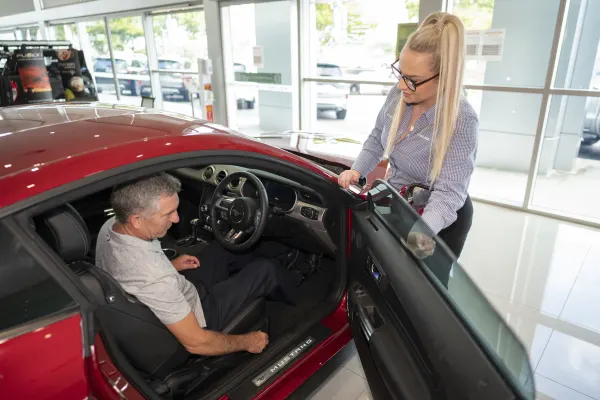
Review: 2016 Mitsubishi Triton GLS
Posted in Vehicle Reviews
Review: 2016 Mitsubishi Triton GLS
The humble ute is in a time of transformation. Where pick-ups were once seen as a vehicle exclusively for “work”, the ute is now expected to be comfortable and spacious enough to handle duties when off the clock as well.
We got out on the road in new MY16 Triton GLS double cab 4WD to see if it has stepped up to meet the challenge of work and play.

INITIAL IMPRESSION
The new Triton sits on a refined and tweaked version of the previous models chassis, but still appears larger (it is, but not by that much.)
Stepping up into the cabin, the insides match the outside with more room for passengers and driver. Normally, I’d have to push my seat as far back to not feel cramped with my 6”2 body in the drivers seat – not in the Triton, the pedals actually felt far away if I did that, something that I’ve never experienced in a car.
The interior has moved upmarket, with a 6.1” full colour touch screen anchoring the piano black accented dash in the GLS. Dual zone climate control is a handy touch, and switching between 2WD, high and low 4WD gearing, as well as an automatically centre differential locking mode (4HLc and 4LLc), will both give you even more traction in tricky conditions at the touch of a button.

DRIVEABILITY
The previous generation Triton introduced the idea that utes didn’t have to be “mini trucks”, something the new models improve on with even more sophisticated on-road experience and handling.
The new Triton arrives as utes everywhere are rostered on to double duty as the family and work car. And it’s well equipped to do both.
The all-new 2.4L turbo-diesel engine sends ample power, with minimal lag. Stamp your foot down at the lights and a wave of power willing pushes behind the Triton, and there is never any worry that you won’t be able to overtake someone. Off-road, the low down power is an asset to Triton, which is where it comes into it’s own – with the upgrades to interior comfort, combined with the off-road prowess honed over the years that the Triton has been in Australia.
Around town, the Triton has its act together in terms of comfort and handling. Switching to 2WD to go into the city, the Triton is nimble enough to dash through city streets, all while keeping a low profile to squeeze through inner-city traffic. While you might not make it into the tightest of parking spaces in the heart of the city, the Triton has no problem taking the reins for date nights in the city.

LIVEABILITY
Mitsubishi has worked hard to make the new Triton a vehicle that can go from work to play seamlessly. And we’d wager that it’s been an overall success for the Triple Diamond brand.
It doesn’t matter if you need to tow a caravan, carry a cement mixer to a site, haul the family to an island holiday or just want something that sits high and mighty on the road; the Triton is one of the more versatile options amongst it’s competitors. Towing is rated at 3.1 tonnes with a maximum total payload of 3.93 tonnes, which sets it above most of the other utes in its class.
The GLS in particular has a features list packed to the brim, with obvious steps up from the GLX 4WD models including touch screen audio, automatic locking centre differential, Super Select II 4WD, reversing camera, dual zone climate control air conditioning and folding mirrors, complementing an already stylish package.
Stepping up to the top-of-the-line Exceed will net even more goodies like push-button start and leather interiors, but everyday working family (and, in particular, fleet) buyers, should have a look at the GLS if the GLX doesn’t completely satisfy their needs.
Fuel efficiency and light commercial vehicles have never been the best of friends, but the new Diesel under the hood works to use fuel more efficiently. In fact, the Triton boasts the best fuel economy in its class on dual cab manuals.
Partially due to the fact that utes are becoming more popular as a family vehicles, the Triton has achieved a 5-Star ANCAP rating – which should come as a delight to owners who are fed up with earlier generation commercial vehicles that don’t treat safety as a priority. The Triton can boast a strengthened body complete with seven airbags and a full suite of electronic braking measures and controls.

COST
The Triton range kicks off, for now, with the 2WD GLX cab chassis single cab at $26,000 driveaway moving through the range to the 4WD Exceed double cab pick up for $51,000 driveaway.
As tested, the GLS double cab pick up with optional 5-speed automatic transmission will set you back $45,500 to driveaway.
Premium paint will add $550 to your tab and automatic transmissions are a $2500 on all models except the GLX 2WD double cab diesel and Exceed diesel, which are auto only propositions; in addition to the GLX Club Cab which is a manual only.
Mitsubishi Diamond Advantage capped price servicing applies to all MY16 Triton models, with the first four scheduled services capped so you know what you’re paying upfront. Both 4x2 and 4x4 Triton diesels are capped at $350 for the first service, then $580 for the following scheduled services.
Scheduled service intervals are at 15,000km or every 12 months.
CONCLUSION
The Triton comes a decade after the previous model set the standard for utes to catch up to. The market is now crowded with competitors, but the Mitsubishi still elbows its way to the front thanks to an overhaul of engine performance and a a more cohesive interior
The overall experience is sharpened; so that the Triton feels effortless in every situation you can throw it into. Combining an assured on-road handling with a sports automatic transmission that can find the right gear without hesitation, results in a genuinely versatile ute that will compete in the highly competitive ute segment.


